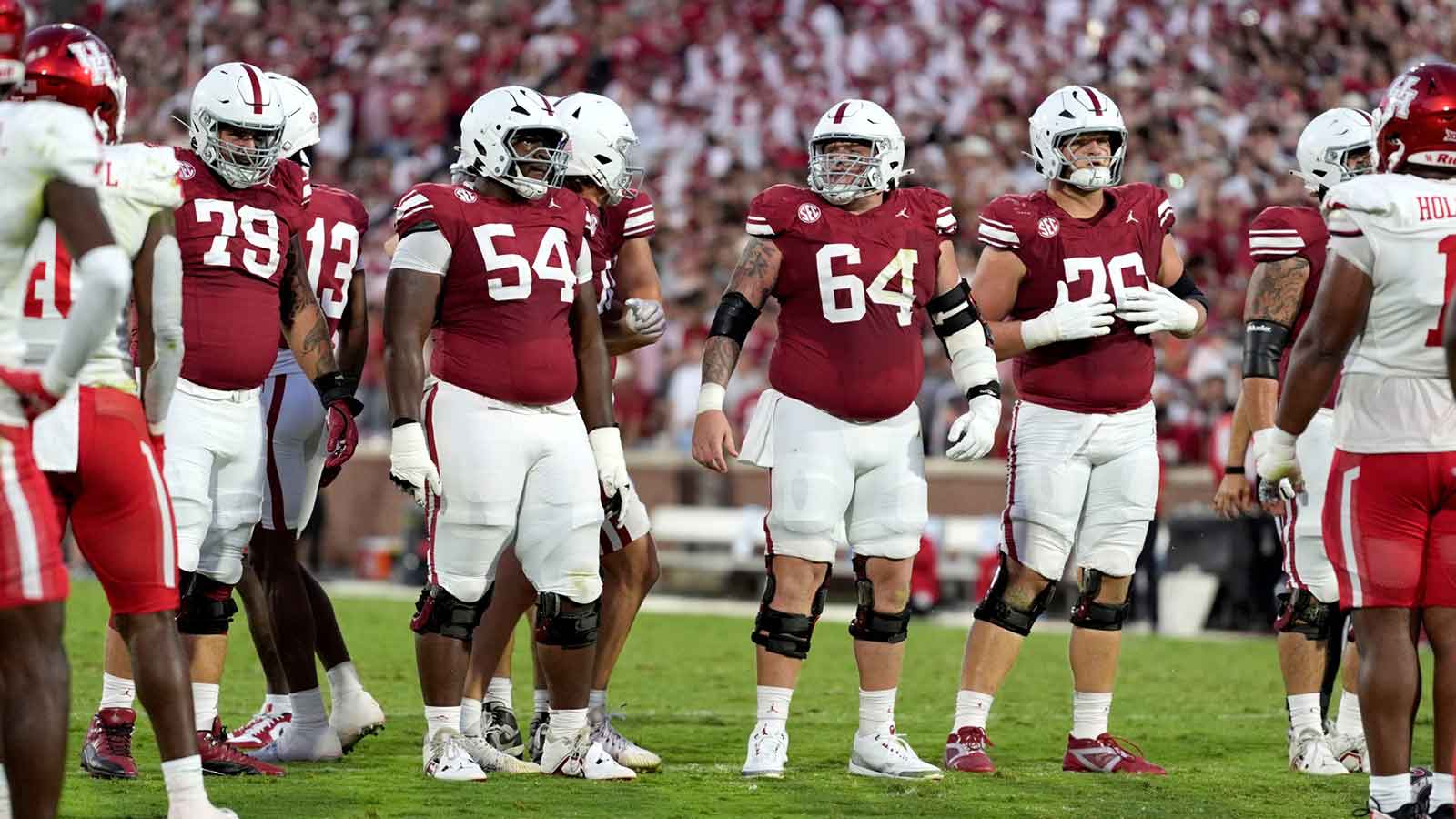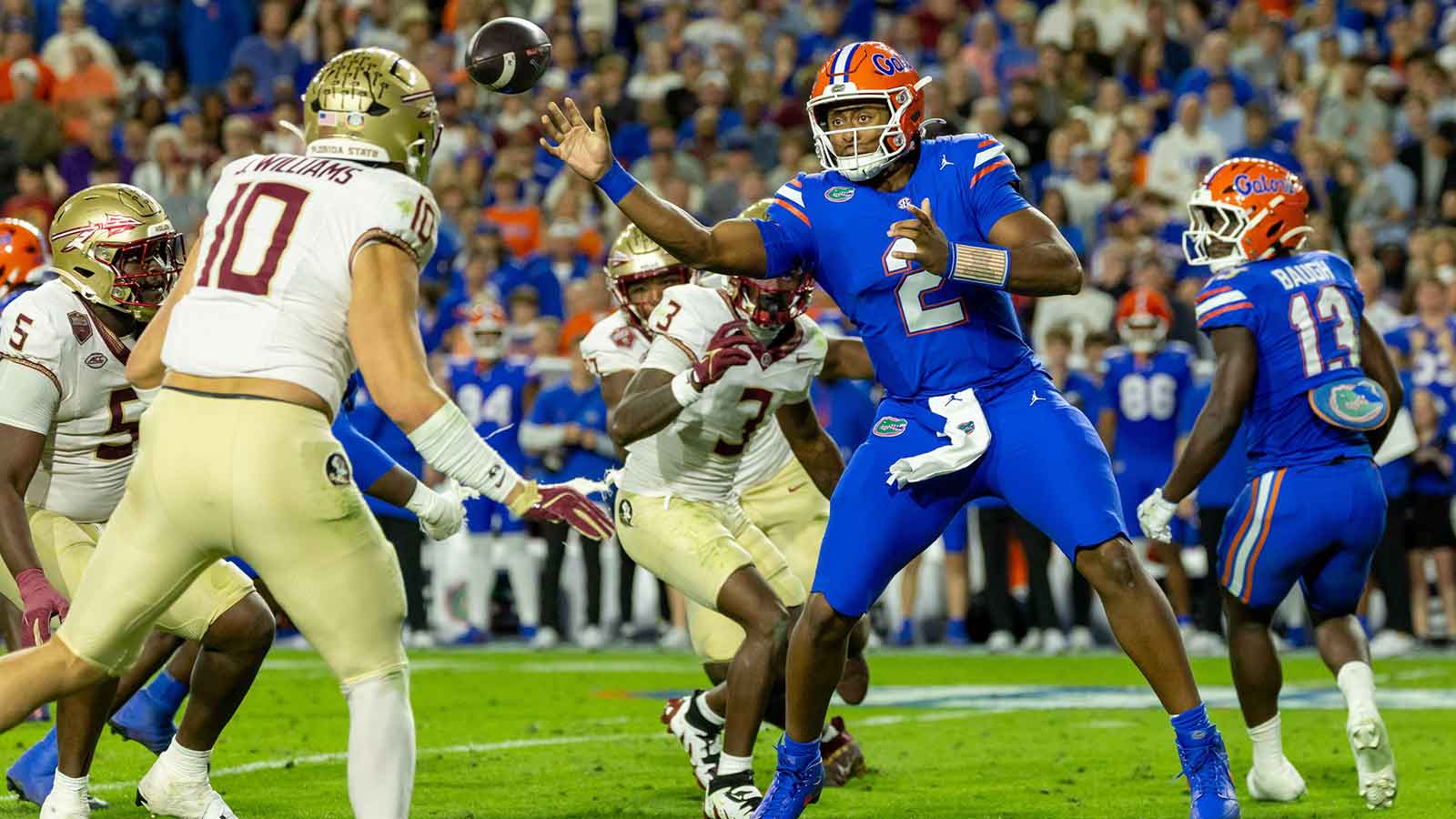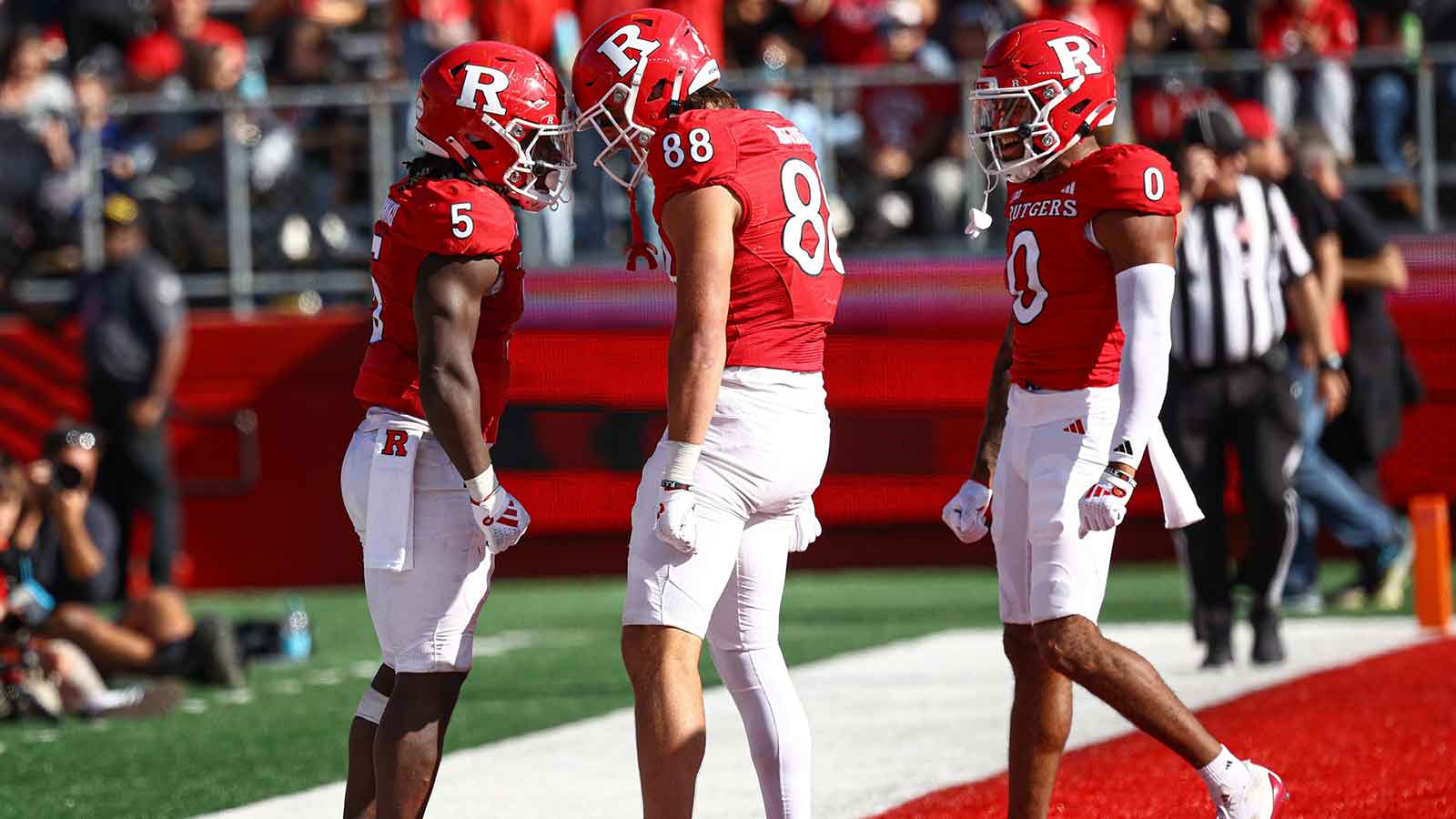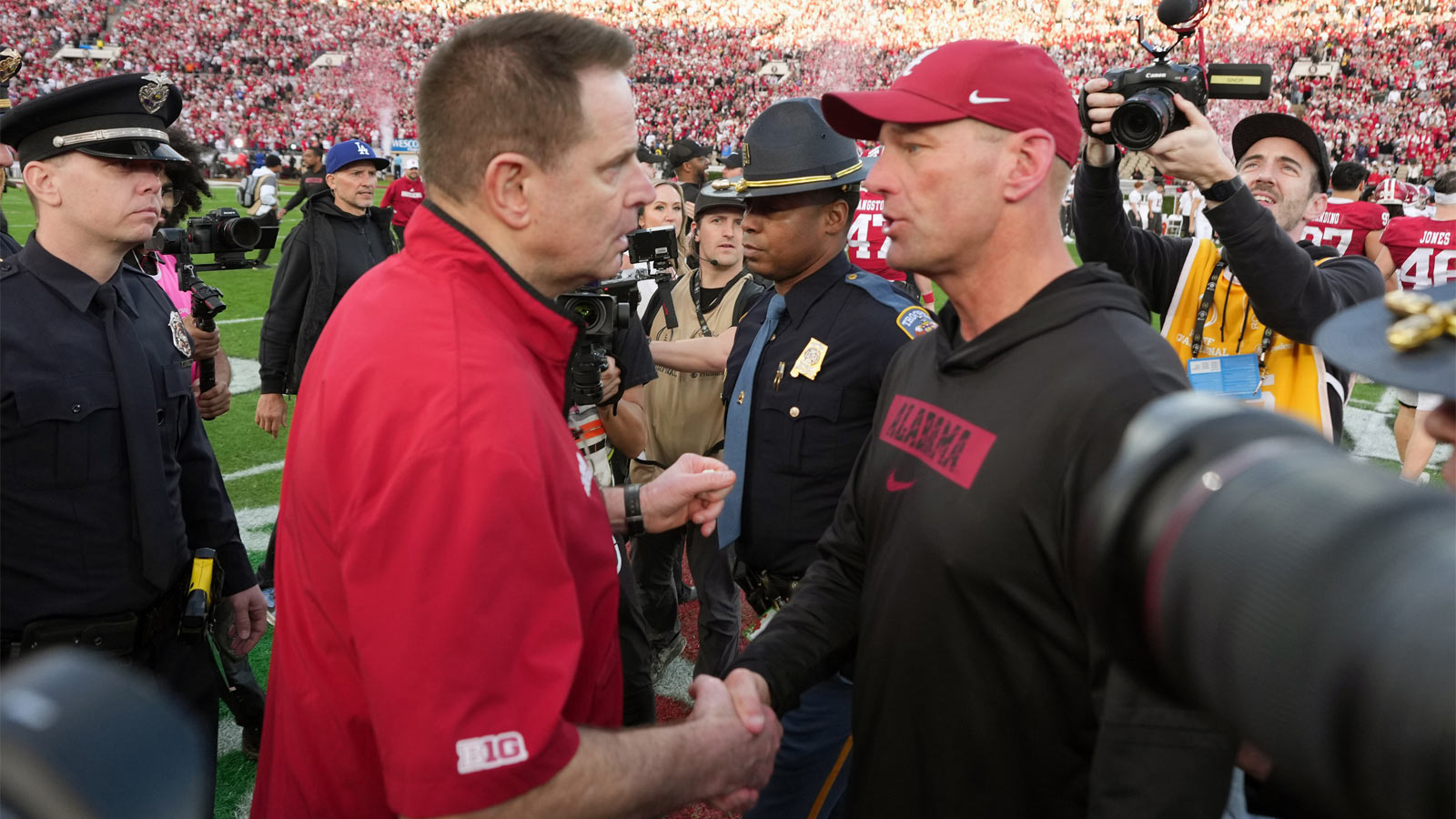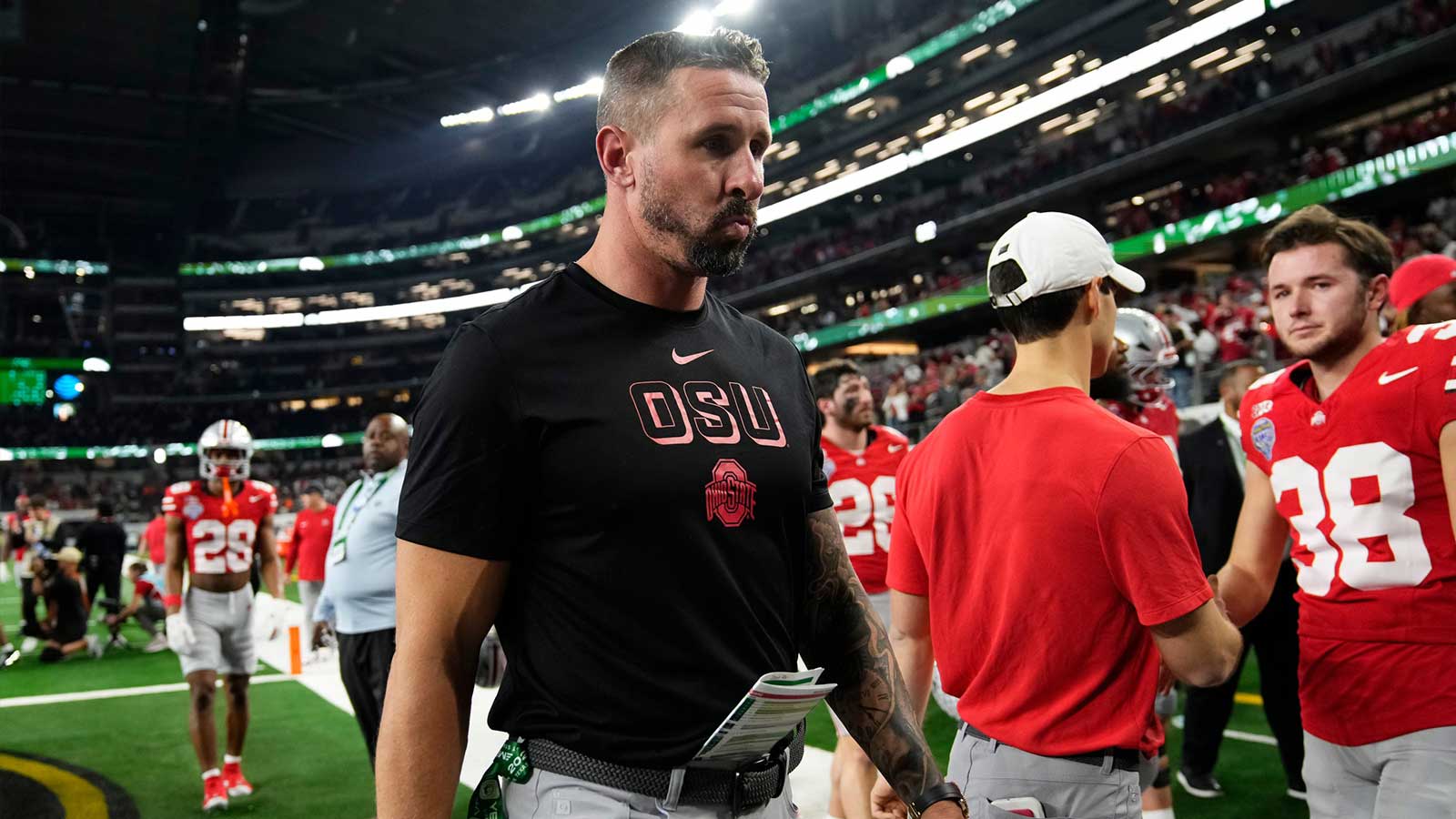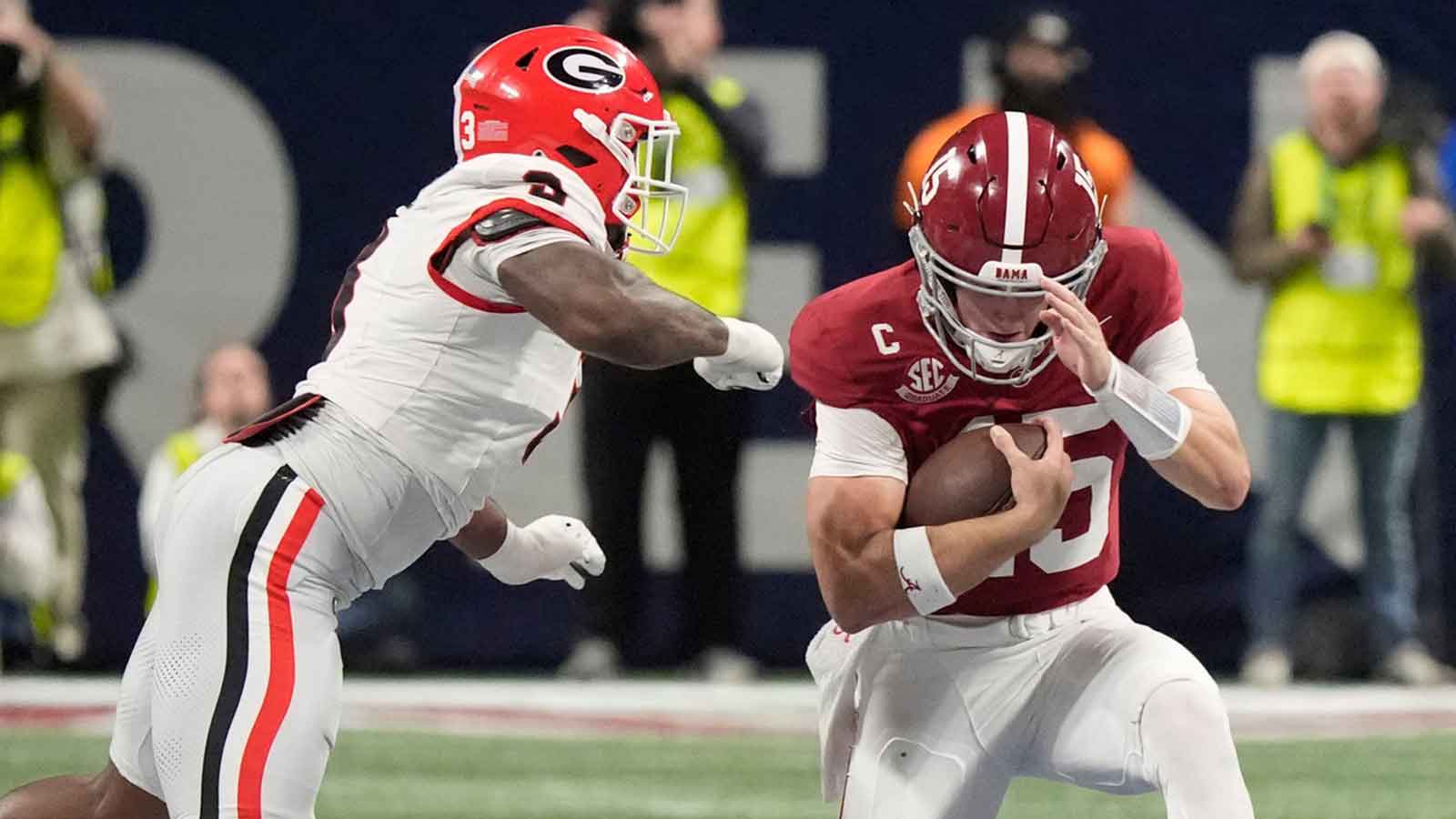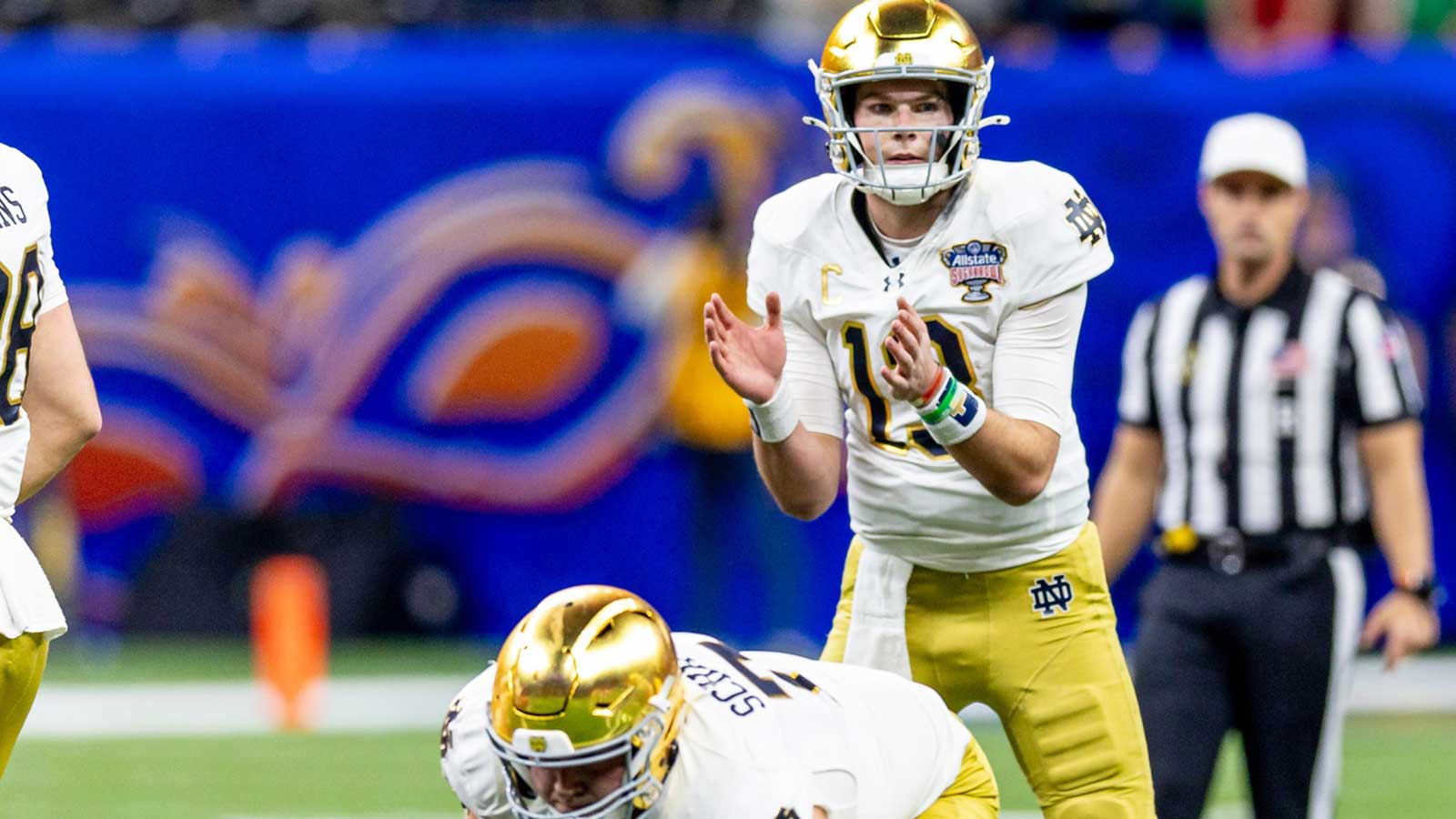College football has been going through dramatic changes for more that a decade. But while those changes in major conference alignment have been going at a reasonable pace for the majority of those seasons, they are now going at a break-neck pace.
The latest changes have involved the near-demise of the Pac-12 conference. The Big Ten is adding Oregon and Washington and will have an 18-team league, and those additions have come after Pac-12 anchors UCLA and USC abandoned their home to join the Big Ten a year ago.
It's clear that college sports is now about the super conferences. The Big Ten and SEC are the leading giants, while conferences like the Big 12, ACC and Mountain West are fighting for positioning.
After the latest Pac-12 moves, which also include Arizona, Arizona State and Utah leaving for the Big 12. the conference is down to four teams. Those teams included California, Stanford, Washington State and Oregon State.
Oregon State president and Kirk Schulz and athletic director Pat Chun tried to put a brave front on the latest Pac-12 departures.
“We are disappointed with the recent decisions by some of our Pac-12 peers. While we had hoped that our membership would remain together, this outcome was always a possibility, and we have been working diligently to determine what is next for Washington State athletics. We've prepared for numerous scenarios, including our current situation.”
All these moves are happening for one reason: money.
Things like tradition, rivalries, and reasonable travel experiences for players and fans are being ignored. Having the backs of previous conference partners and looking out for the long-range health of college sports has been forgotten and no longer seem to matter to the Big Ten decision makers and others.
Big Ten Outlook
The changes in the conference landscape started with the addition of Penn State to the conference. The Nittany Lions competed in the 1992-93 Big Ten basketball season and the football team competed started playing Big Ten football in 1993.
That move made sense in that Penn State had been an independent team without a conference affiliation. The program had been quite successful as an independent, but it saw security in the Big Ten affiliation.
The major conference changes didn't come until teams like Nebraska, Maryland, and Rutgers were added. The addition of Maryland and Rutgers meant that the issue of geography had nothing to do with conference affiliation any longer. Both were East Coast schools that had their own rivalries, but joining the Big Ten brought the Terrapins and Scarlet Knights greater credibility and gave the conference a couple of major television markets on the East Coast.
It was clear the conference environments were changing, but it was not until last year's announcement that UCLA and USC would join the Big Ten that the college environment was moving at a break-neck pace.
The moves of the Bruins and the Trojans served as a devastating body blow for the Pac-12. Losing the teams the conference had in the Los Angeles market left it reeling, and it seemed there was no way the conference could be successful.
The Big Ten saw that, and went after Oregon and Washington. Those two schools have excellent football traditions of their own.
Big Ten is too big, too spread out
The television money will be flowing in the Big Ten, as the conference has the New York market with Rutgers, the Los Angeles market with UCLA and USC, the Chicago market with Northwestern and the Baltimore-Washington D.C. market with Maryland.
The conference has tried to figure out its football schedule with 16 members, and now its about revising the numbers with 18 teams.
There is little doubt the schedule makers will figure out an alternative, but how fair will it be? Some of the teams — Michigan and Ohio State along with UCLA and USC, for example — will keep their traditional rivalries. But other schools will not. The disparity of the schedules is sure to cause problems in the years ahead.
Notre Dame, the ultimate prize
Notre Dame has resisted all conference overtures for football. The Notre Dame program has long been able to stand on its own because of the school's traditions.
Notre Dame was a legendary football team dating back to the days of George Gipp and Knute Rockne, andthe South Bend, Indiana school has been able to capitalize on those traditions for decades.
Notre Dame's legendary battles with USC, Miami, Florida State, Michigan and Michigan State makes it the most attractive unaffiliated team in college football.
There are bound to be more overtures from the Big Ten, SEC and the ACC in the future. Notre Dame has been able to remain independent to this point, but how much longer will the school be able to hold out?
One has to think that the dollars will ultimately force Notre Dame to join a conference of its choice.








